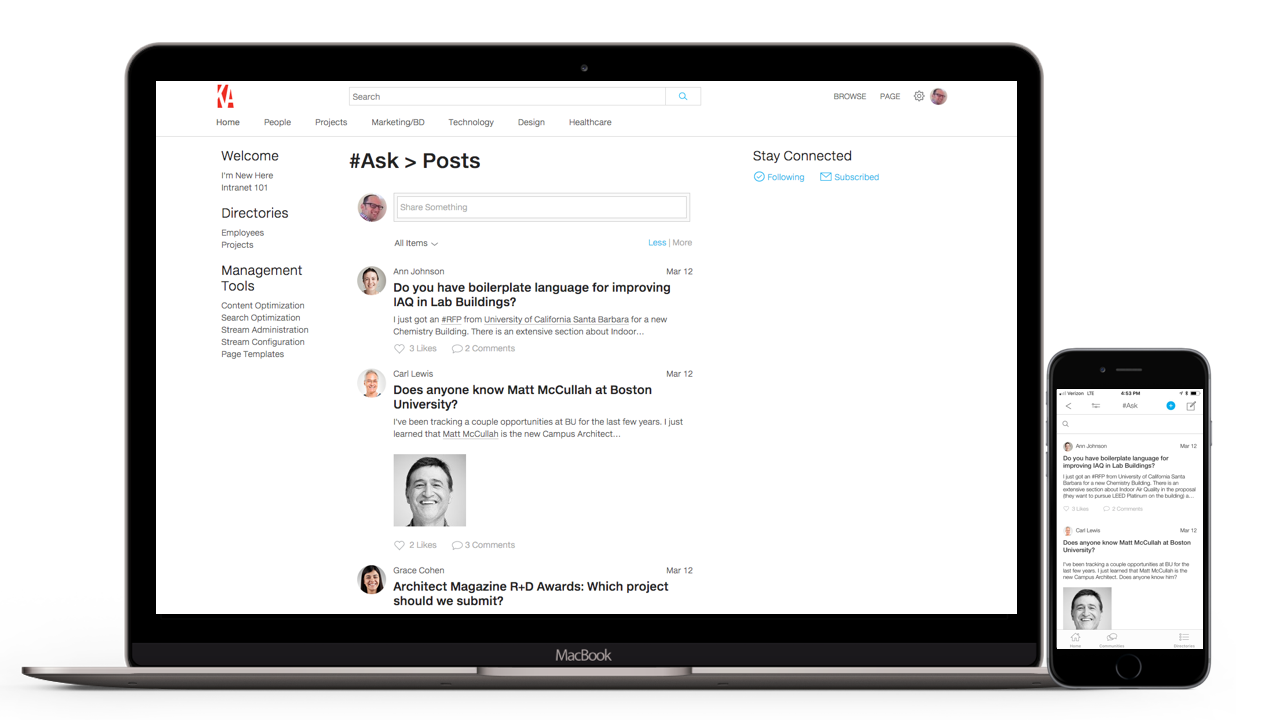In this article you’ll learn…
5 Benefits of a Q+A Program
3 Key Roles in a Q+A Program
9 Steps to Roll Out a Q+A Program at Your Firm
“If you can teach people to help themselves you get an additive effect: they not only help each other; they grow themselves as experts. Essentially, you have little experts pop up left and right and they sort of grow on their own. Over time, you raise people up from basic competency towards expert level.” — Jack Chaffin, LMN Architects.
Four years ago LMN Architects hired Jack Chaffin to lead the firm’s transition from CAD-based MicroStation to Revit. They knew they had an expert to guide the process because he’d led similar transitions twice before. Jack’s expertise met such a critical need that after a short while, Jack found that “help desk issues were taking up an increasingly larger portion of [his] energy; taking focus away from other strategic activities” related to the transition.
When it comes to this problem, LMN is not alone. According to research published by Rob Cross, Reb Rebele, and Adam Grant in HBR, “up to a third of value-added collaborations [in any organization] come from only 3% to 5% of employees.” As a result, often the people who are most in demand (those with the answers) are becoming increasingly over-taxed by the burden of responding to requests for their expertise. The really scary thing is that in most organizations leadership doesn’t even know who their top collaborators are. As many as 50% of an organization’s top collaborators can’t even be identified by the organization.
Enter a Q+A program. Increasingly, we’re seeing more and more firms successfully implement formal Q+A programs inside Synthesis to identify and activate subject matter experts. We’ve learned from firms like LMN, brainstormed what this looks like at previous Synthesis Workshops, and shared some successful programs through our Office Hours webinar series. In this article we’re going to share the benefits of a Q+A program along with some of the roles and steps necessary to roll one out in your firm.
Read more



